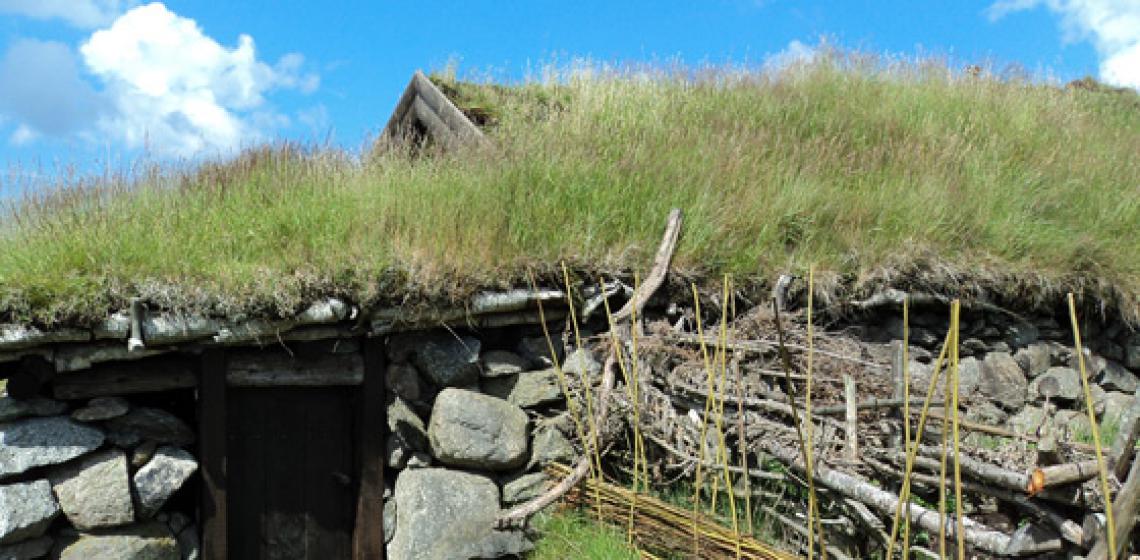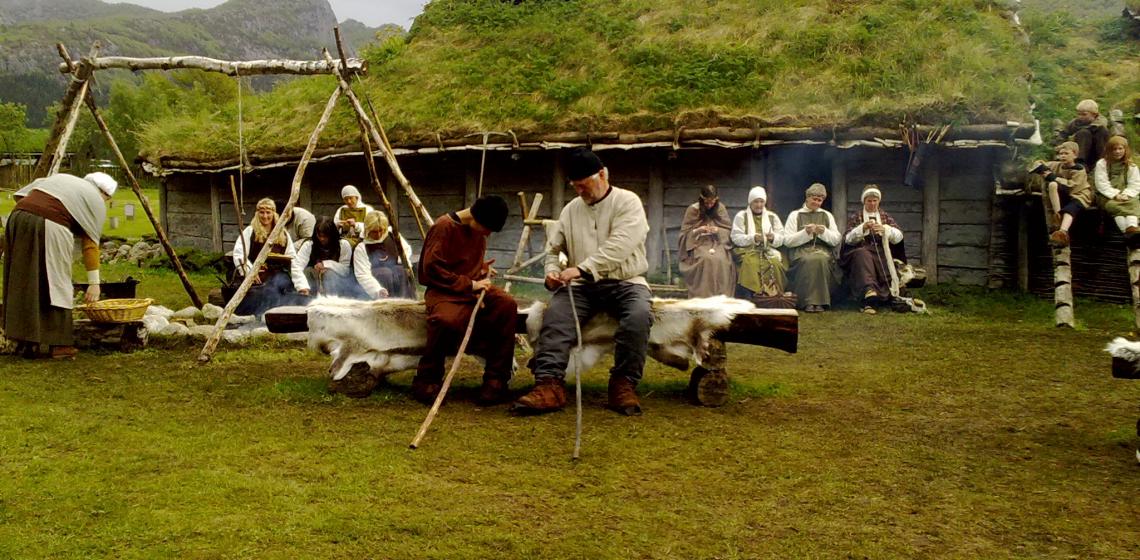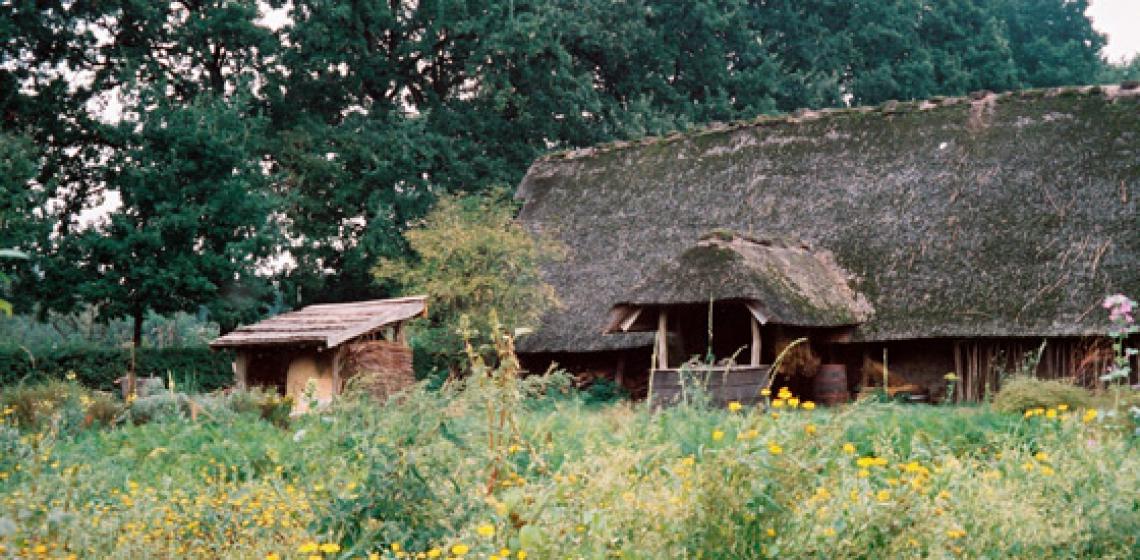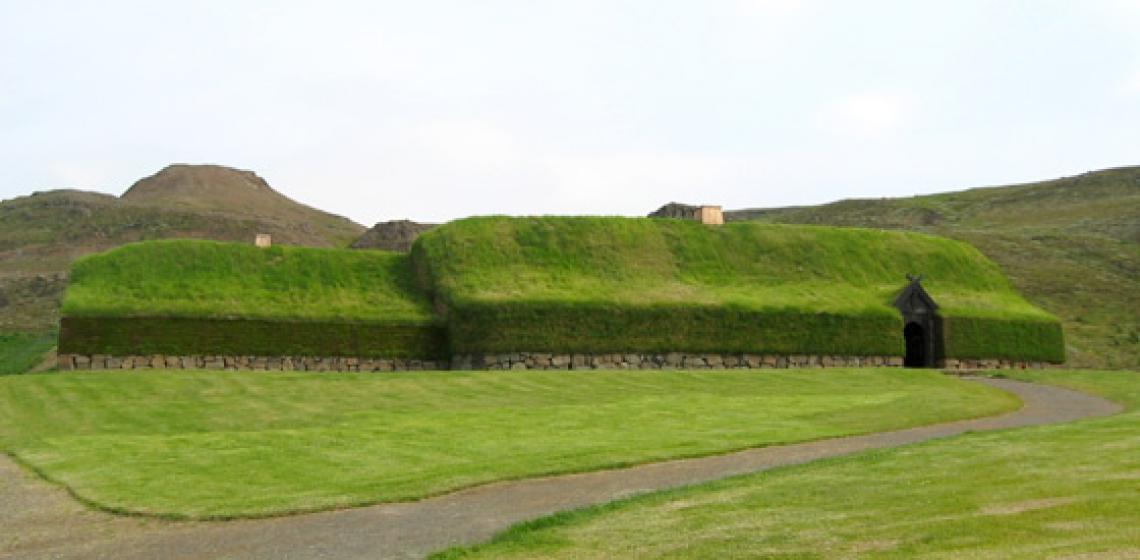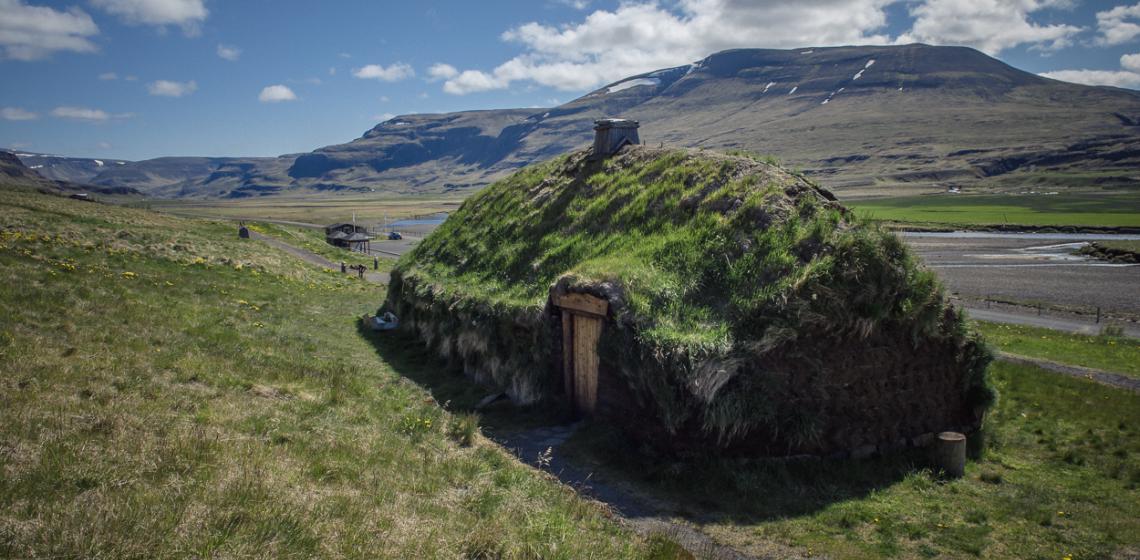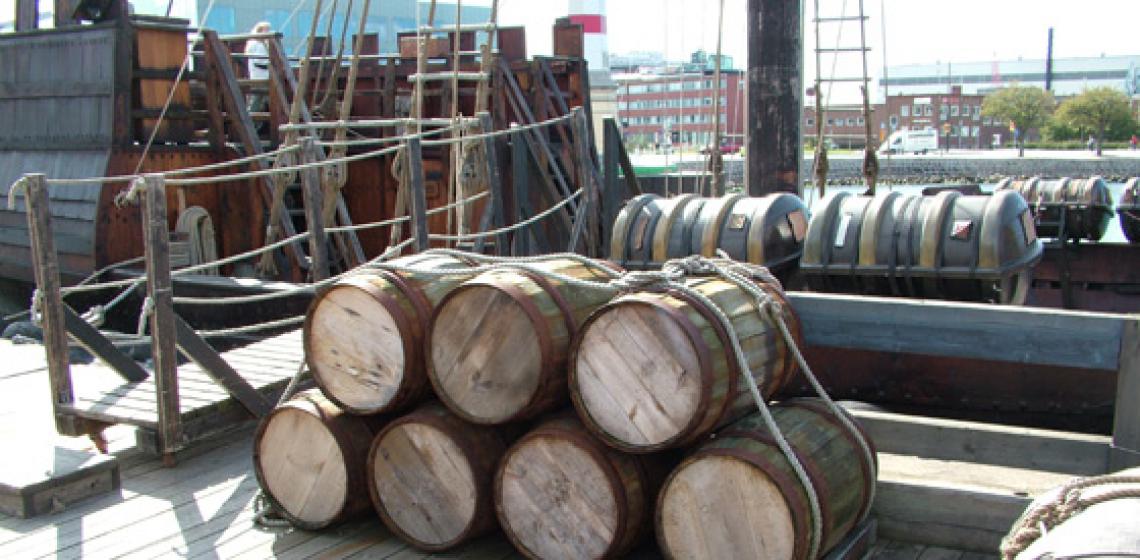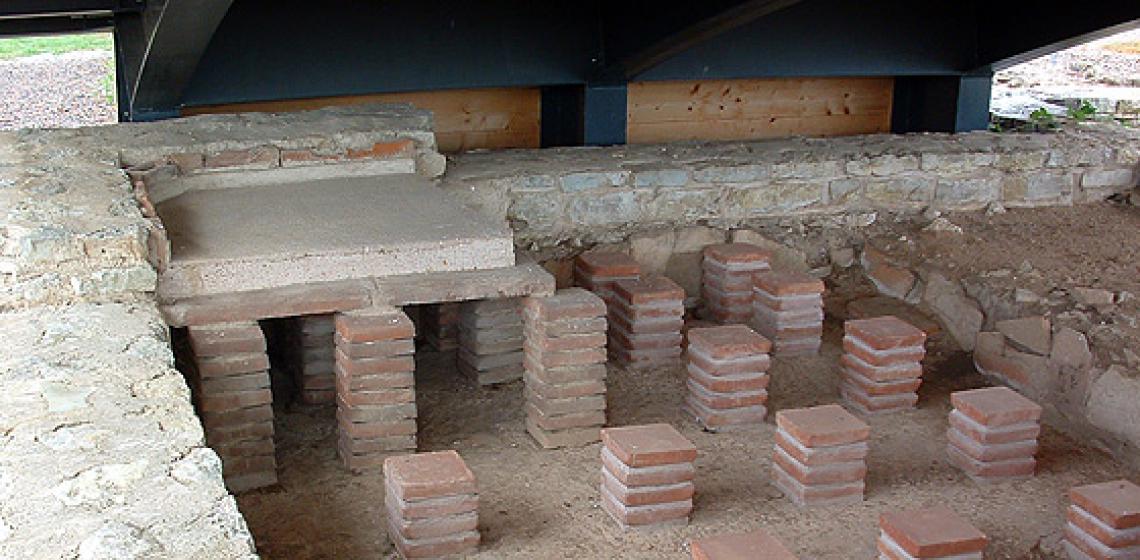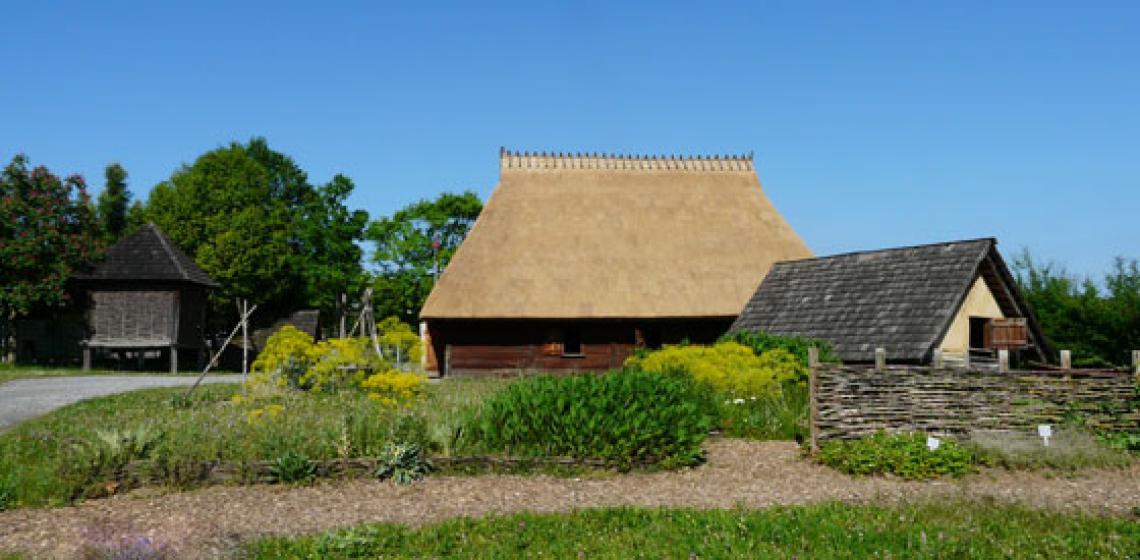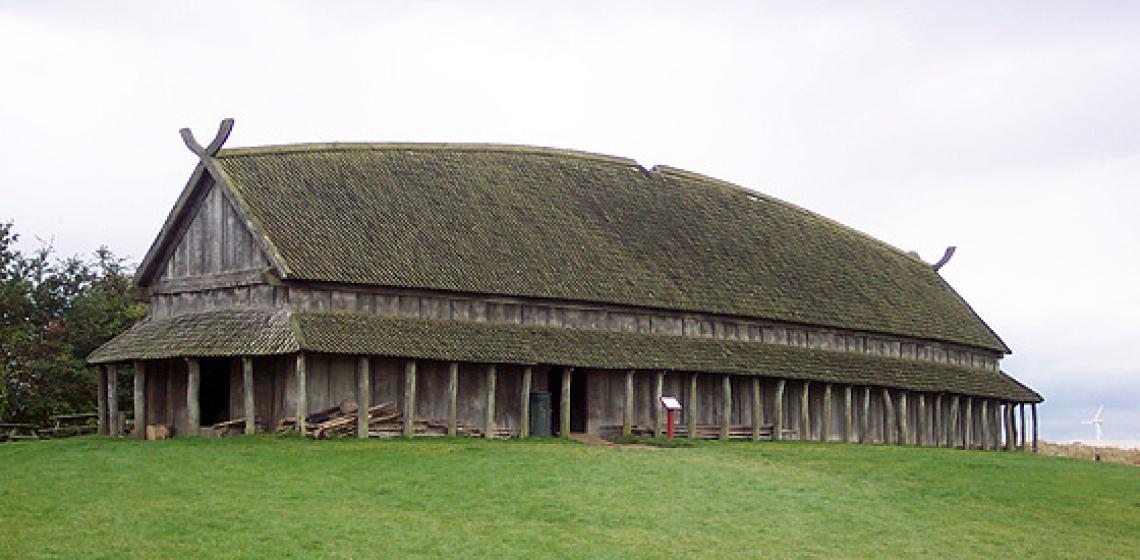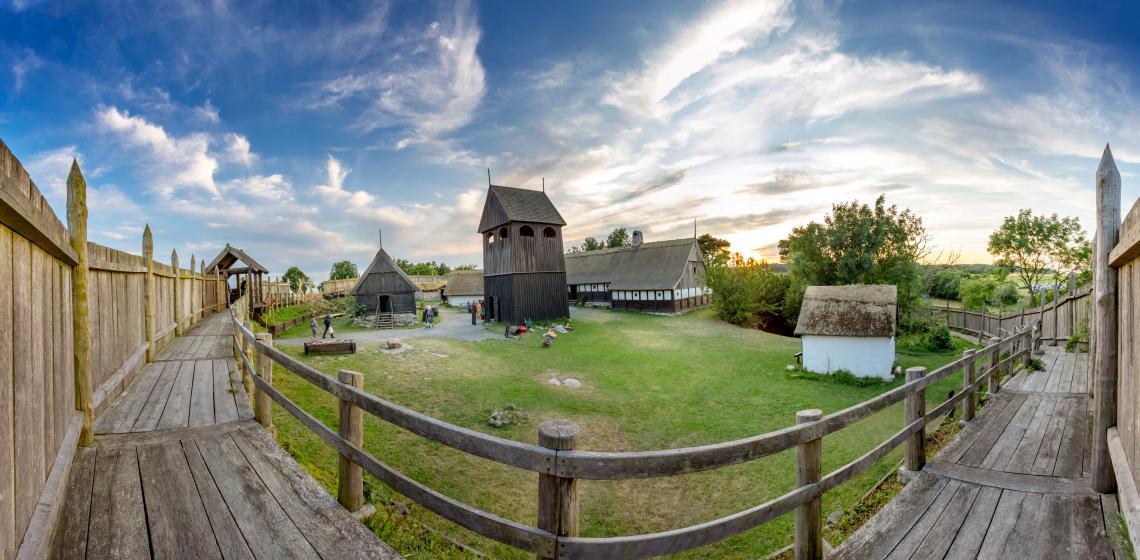Jernaldergarden (NO)
In the 1960s, in the then outskirts of Stavanger, large excavations revealed a settlement of the 4th – 6th century, in Norway called Iron Age or better said “Migration Period”. Soon after, it was decided to build here a farm complex the way it could have been like back then.
In the 1960s, in the then outskirts of Stavanger, large excavations revealed a settlement of the 4th – 6th century, in Norway called Iron Age or better said “Migration Period”. Soon after, it was decided to build here a farm complex the way it could have been like back then...

